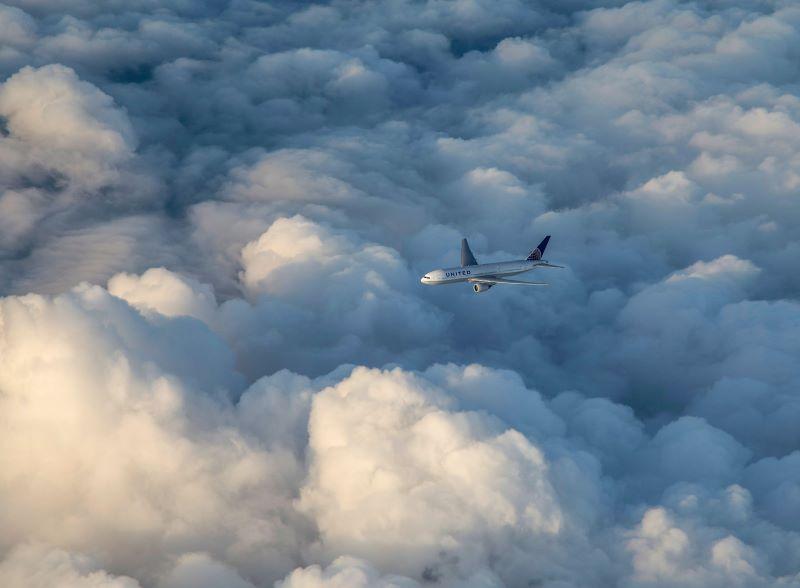
Credit: Panther Media GmbH / Alamy Stock Photo
Diverting Newark-bound international flights to large hubs rather than smaller airports nearby, is something United Airlines CEO Scott Kirby said has made a “big difference,” while sharing lessons learned following the latest bout of severe weather in the U.S. northeast. “We used to divert them to...
Subscription Required
This content requires a subscription to one of the Aviation Week Intelligence Network (AWIN) bundles.
Schedule a demo today to find out how you can access this content and similar content related to your area of the global aviation industry.
Already an AWIN subscriber? Login
Did you know? Aviation Week has won top honors multiple times in the Jesse H. Neal National Business Journalism Awards, the business-to-business media equivalent of the Pulitzer Prizes.





